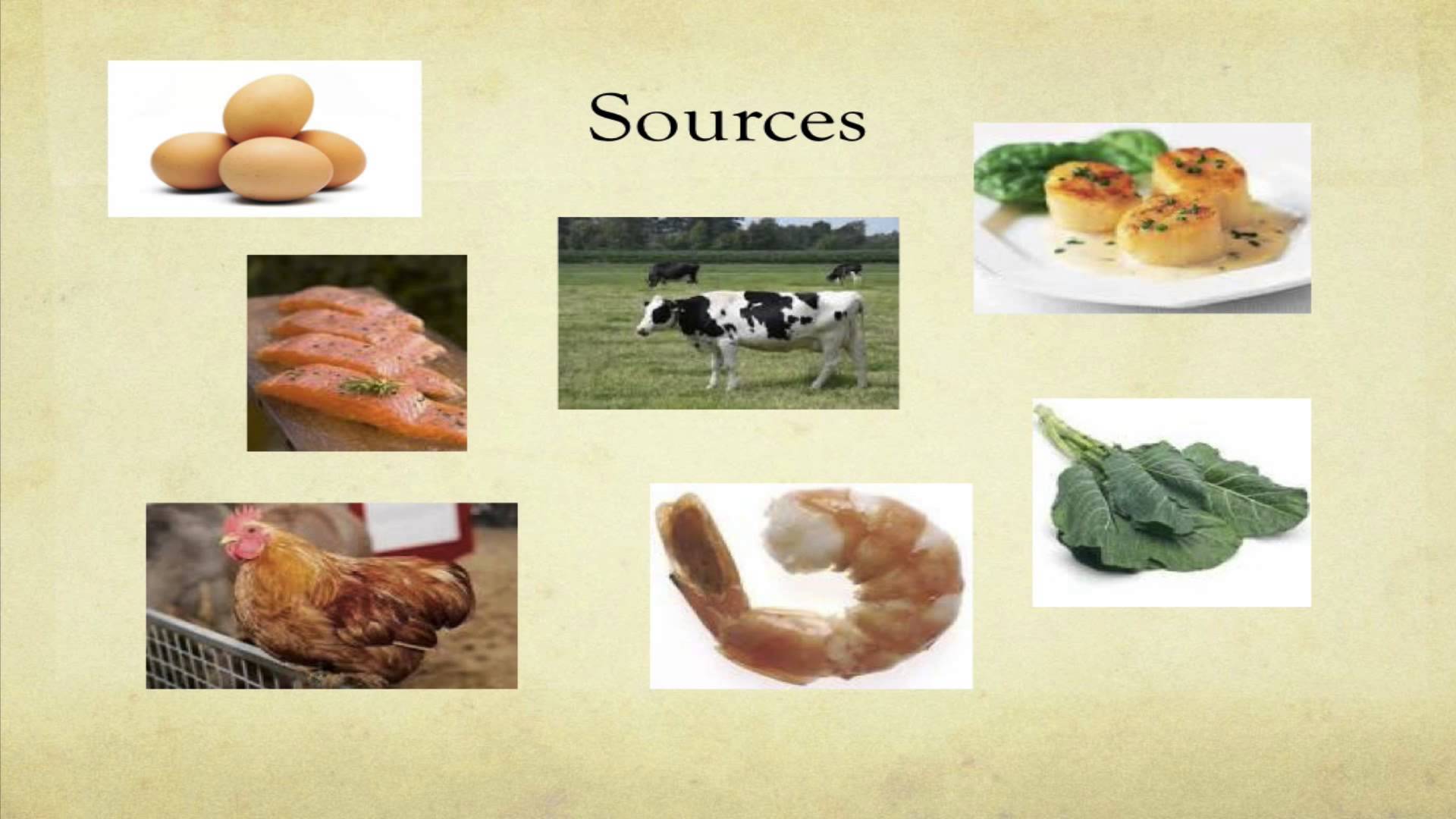The Components of the Food We Eat: Minerals and Trace Elements
MINERALS AND TRACE ELEMENTS
Most, if not all of the non-organic elements (known as minerals) can be found in the human body. About 15 of them are known to be essential in the diet and might be derived from food. Minerals are classified into major minerals/macro-minerals and micro-minerals/trace elements.
Macro-minerals are those present in the largest amounts in body tissue. They include Calcium, Magnesium, Phosphorus, Sodium, Potassium, Chloride, Iron and Zinc.
Micro-minerals (or trace metals) are equally important but are needed in minute quantities. They include Copper, Selenium, Iodine, Manganese, Chromium, Cobalt, Molybdenum and Fluoride. Although it is difficult to induce a dietary deficiency of these trace metals, most of them can be toxic if taken in excess amounts. Therefore, it is very important for individuals taking supplements to be aware of how much of these elements they are taking, especially if supplements are to be ingested for a long period of time. Nevertheless, the incidence of subclinical deficiency is not uncommon as far as Zinc and Selenium are concerned.
THE IMPORTANCE OF MINERALS
- The constituents of bone and teeth, e.g. Calcium, Phosphorus and Magnesium.
- The regulation of body composition and fluid balance e.g. Sodium, Potassium, Chloride, Magnesium and Phosphorus.
- Essential adjuncts to many enzymes (cofactors) and other protein molecules such as haemoglobin, which are necessary for the release and utilisation of energy. This mainly includes Iron, Zinc, Selenium, Copper and Phosphorus.
As already stated, there are numerous nutrients that are essential to nutritional health and the only way to ensure their supply in the right proportion and the right amount is to consume a varied and balanced diet. Different foods contain a mixture of different nutrients and different nutrients are present in different quantities in different foods. To prevent or manage a disease like Osteoporosis, one should ensure adequate consumption of not only Calcium but also all elements which help in the absorption and metabolism of Calcium i.e. Magnesium, Phosphorus, Silica, Iron, Vitamin K, Vitamin D, etc. This, or satisfying the body’s needs for any other nutrient, can only be achieved by eating a variety of foods from all the main food groups.
Dietary Reference Values for fat and carbohydrate for adults as a percentage of daily total energy intake (percentage of food energy)
Value: /Individual minimum / Population average / Individual maximum /
Saturated fatty acids: / – /10(11)/ – /
Cis-polyunsaturated fatty acids: / – /6(6.5)/10 / – /
Cis-monounsaturated fatty acids: / – /12(13)/ – /
Trans fatty acids: / – /2(2)/ – /
Total fatty acids: / – /30(32.5)/ – /
TOTAL FAT: / – /33(35)/ – /
Non-milk extrinsic sugars: /0/10 (11)/ – /
Intrinsic and milk sugars and starch: / – /37 (39)/ – /
TOTAL CARBOHYDRATE: / – /47(50)/ – /
NON-STARCH POLYSACCHARIDE: /12 /18 /24/
The average percentage contribution to total energy does not total 100% because figures for protein and alcohol are excluded. Protein intake averages to 15% of total energy, which is above the Reference Nutrient Intakes (RNI)
Copyright 2012: Therapia: All Rights Reserved: Therapia is a Registered Trademark
The Components of the Food We Eat: Minerals and Trace Elements by Asma B Omer




